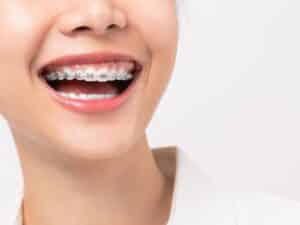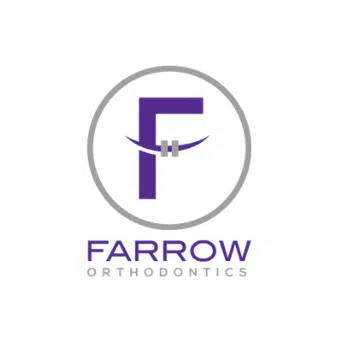A very common question from the common orthodontic patient is “When do I get my braces off?” Although treatment is different for every patient, there are some basic objectives and steps of treatment that are similar for the majority of patients. If you have braces in philadelphia and want to know how you are progressing, it’s helpful to look for signs that indicate your braces are coming off soon.
There are usually three distinct phases of treatment through which every patient must pass. Although their order may be switched or there may be some overlap between them, the three phases include resolving the crowding/spacing, aligning the teeth, and correcting the bite.
In the first phase, crowding is corrected by expanding the arches or by removing teeth. Teeth cannot be aligned if there is not enough room. The decision to expand or extract is determined by a number of variables including the size of the teeth and jaws, the amount of bone and gum tissue supporting the roots, and the profile. The first step is to create room so that the teeth can be aligned. If a patient has extra space at the start of treatment, that space must be closed during this step.
The second step is to align or straighten the teeth once there is enough room created. Aligning the arches is accomplished using wires, elastic chains, springs, and other auxiliaries that rotate, tip, and torque the teeth into their desired positions. Another common step in the alignment process is “repositioning” individual brackets. Sometimes brackets cannot be put in the right place on the first day because of the bite, the alignment, or the shape of the teeth. After the teeth have been partially aligned, however, the brackets can then be moved to better positions.
The third phase of treatment is correcting the bite or making the upper teeth fit the lower ones. This must be accomplished in all three planes of space, front to back (overbite or underbite), side to side (crossbites), as well as top to bottom (open bite or deep bite). Making the upper match the lower is accomplished with wires, rubber bands, springs, or surgery. When the bite is right, the backs of the top teeth rest lightly on the fronts of the bottom ones. (There are also some specific functional relationships that must be “just so” at the end of treatment, but the specifics are beyond the scope of this article.)
The “When do I get my braces off?” question usually arises during the third or “bite phase” of treatment. By that time the crowded, crooked teeth are gone and the patient is generally happy with how things look. Admittedly, the first half of treatment is more exciting than the last half. It is during the final phase however where the bite is corrected so that the results will be healthy and stable.
If you are wondering if you’re getting close to getting your braces off, compare what you see in your mouth with this list:
1. Are the teeth straight?
2. Are the spaces between the teeth closed completely?
3. Do the upper front teeth overlap the lower front teeth appropriately (not too deep, but with no visible space between them)?
4. Are the outer cusps of the upper teeth resting on the outside of the corresponding ones in the lower?
5. Is the overbite or underbite corrected?
If your teeth are still crooked, have spaces between them, or you still have a deep bite or overbite, you probably still have some time left in treatment.


